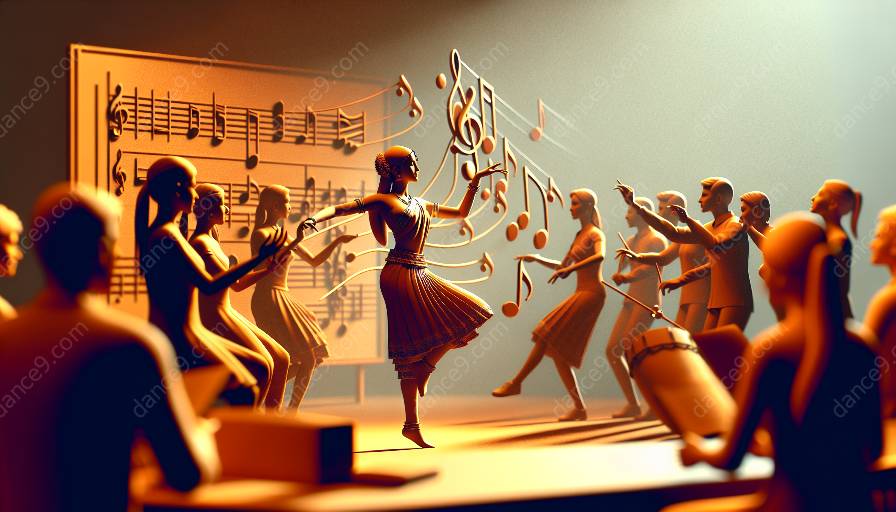The Relationship between Dance and Music
Music and dance have shared a deep and intrinsic relationship for centuries. This dynamic bond is rooted in the fact that both art forms are expressions of human emotion and creativity. Music provides the rhythmic and melodic backdrop to which dancers can move and express themselves, and the synchronization of movement to music is often at the heart of many dance performances.
Furthermore, music can inspire and guide the choreographic process, as dancers and choreographers draw inspiration from various musical compositions to craft their movements and performances. This close relationship between music and dance highlights the significance of understanding musical composition for dancers.
Benefits of Understanding Musical Composition for Dancers
Enhanced Musicality: With a deeper understanding of musical composition, dancers can develop a heightened sense of musicality. They can learn to perceive different rhythmic patterns, musical phrasing, and nuances within the music, allowing them to choreograph and perform with greater precision and expression.
Improved Interpretation and Expression: Understanding musical composition enables dancers to interpret the music in a more profound and nuanced manner. They can effectively convey the emotions and themes embedded within the music through their movements, resulting in more compelling and evocative performances.
Collaboration with Musicians: Dancers who possess knowledge about musical composition can collaborate more effectively with musicians. This collaborative effort can lead to the creation of cohesive and harmonious dance productions that truly integrate the movements with the musical elements, enhancing the overall artistic impact.
Heightened Creativity and Artistic Vision: A comprehensive understanding of musical composition can inspire dancers to explore new movement possibilities and choreographic directions. By drawing insights from the structure and texture of the music, dancers can expand their creative boundaries and develop innovative dance pieces.
Dance Studies and Musical Composition
In the field of dance studies, it is essential for dancers to delve into the realm of musical composition. By incorporating music theory, rhythmic analysis, and music appreciation into their studies, dancers can gain a holistic perspective on how music influences and shapes their art form.
Furthermore, dance studies often emphasize the importance of interdisciplinary collaboration. Dancers who possess knowledge about musical composition are better equipped to engage in meaningful collaborations with composers, musicologists, and other musicians, thus enriching their artistic experiences and broadening their creative horizons.
Conclusion
Understanding musical composition is an invaluable asset for dancers, as it enriches their artistic expression, fosters collaborative potential, and elevates the overall quality of their performances. By embracing the intricate relationship between music and dance, dancers can uncover new dimensions of creativity and enhance their ability to communicate through movement.

















